Fresh air and countryside are two of the things that we look for when travelling. Of course, as archaeologists we look at the landscape in a slightly different way – as layers of human history showing traces of how humans have shaped their environment over time – overgrown cobbled tracks, an abandoned water mill on the banks of a river bed, series of huts among the chestnut trees, medieval towers on hilltops once part of a beacon signalling system, to name a few. The local topography and ecology (such as deep valleys and rivers, mountains, native plants, soils) have, in turn, served to shape people’s lives – all coalescing into cultural traditions based on the land. Also, something to remember: the landscape is not static, but constantly being used and modified. Even things like modern paper mills along the rivers have their part to play in the story.
A significant aspect of land use, certainly since the Neolithic, is how humans have utilised their space for subsistence – growing crops and rearing animals and the myriad activities associated with farming. All of this, we explored while on a recent holiday in Garfagnana, a wonderful hilly area in Northern Tuscany on the border of Emilia-Romagna. Of course, while travelling, we also look for good food. Enter Sapori e Saperi, which translates as Tastes and Knowledge, run by Erica (Heather) Jarman. Erica provides a service for travellers interested in the rural economy and culinary traditions of the Garfagnana region. She also organises popular courses for professionals in the time-honoured art of salumi and cheese making.
One morning we met Erica who took us up the Serchio valley towards the small hillside town of Sillico, noted banditi country. Further up into the hills from Sillico, through woods of acacia and sweet chestnut trees the steep and windy road ended at Azienda Agricola Cerasa – the Cerasa Farm. It was here we met Gemma, her daughter Ombretta, and her husband Mario who herds the pecora Garfagnina Bianca, an old breed of white, long legged sheep that had, until its recent rejuvenation, nearly disappeared from the area.
Naturally, with all those sheep comes pecorino cheese. Gemma, like many skilled artisans, makes cheese-making look effortless. However, from my own experience – the highs and lows of making feta-style cheese – I know that there is a lifetime’s experience and knowledge that Gemma draws from to produce her spectacular cheeses. In fact, only a few days before our visit, she was awarded first prize at a regional show for her pecorino.
We were ushered into her dairy – a small room off to the side of their entrance hall – where she showed us the large copper cauldron with a tapering shape designed specifically for the task. The cauldron was filled with fresh sheep’s milk, warmed over a brazier. When it reached the correct temperature, liquid rennet was added – no thermometers or measuring spoons needed! Once the curd had formed, we were given a cupful to taste – like warm, milky junket.
The next step is to break up the curd by agitating it with a spina, a spiked wooden stick.
The curd is left to settle on the bottom of the curved pot as it continues to shrink and give up its whey. When ready, Gemma gently kneads the curd, pushing it into a large ball.
It is then cut and pressed into baskets to further drain.
Finally, it is taken out of the basket, salted and allowed to mature in the cool cantina with the other cheeses at various stages of development.
Meanwhile, all that whey was still sitting in the big copper cauldron. Gemma turned up the heat on the brazier and at the correct moment, when the top began to froth, added a splash of cold water. The ricotta was skimmed from the top with a large pierced spoon and ladled into cone-shaped ricotta baskets to continue draining. The yellowy liquid left over is called scotta and is normally fed to the animals, but Gemma indicated they sometimes make a soup with it and old bread.
Our visit ended with a four course lunch. For antipasti we were presented with a platter of Mario’s home cured salumi and prosciutto (which we also saw hanging in the cantina) along with thick slices of Gemma’s medium-aged pecorino, giardiniera (mixed pickled vegetables) and homemade bread. Primo piatto comprised rough squares of freshly made pasta called maccheroni with ragù (but more on this in another post). For secondo, we had succulent beef, roast potatoes with rosemary, and creamed chard. To finish there was fresh ricotta with wild mirtilli (blueberry/bilberry) jam.
We couldn’t leave without purchasing one of Gemma’s award-winning cheeses – perfect for sharing with friends back in the UK.
For more information:
Sapori e Saperi
The website lists the full range of activities Erica offers including family and small group outings, cultural events, cooking classes and her professional courses for artisans. There is also a link to her blog – a great read for anyone interested in the area.
Azienda agricola Cerasa
In Italian, but clearly written, this website shows the full range of activities at the farm – cheese making, wool production, the “adopt a chestnut tree” scheme, and fabulous home cooked food.
And yet more…
There are two other blogs that I follow, both of which I can recommend for more stories on this fascinating region north of Lucca:
Bella Bagni di Lucca
From London to Longoio


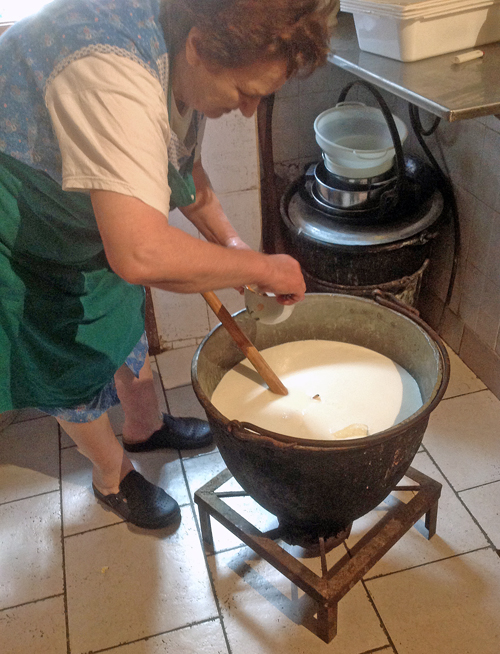
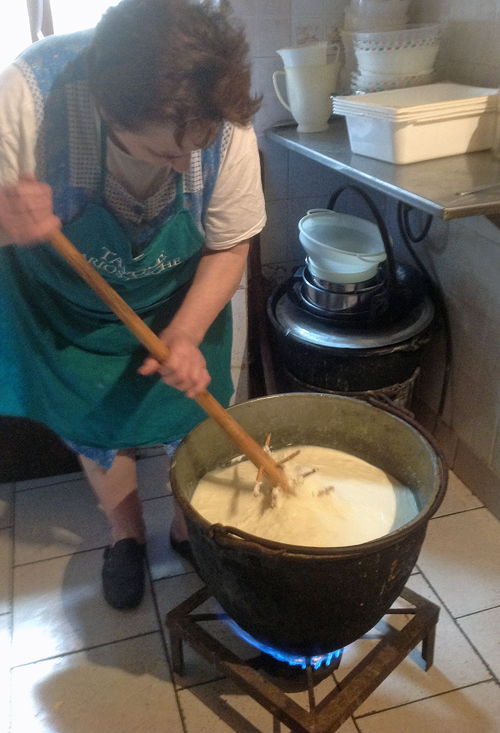
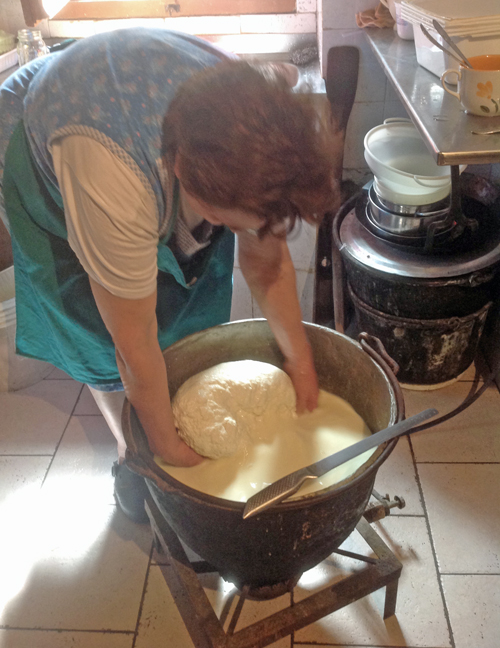
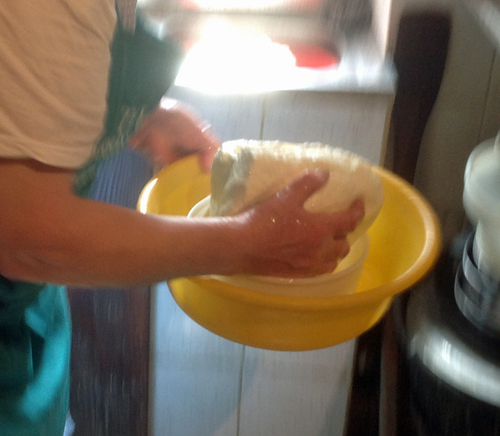
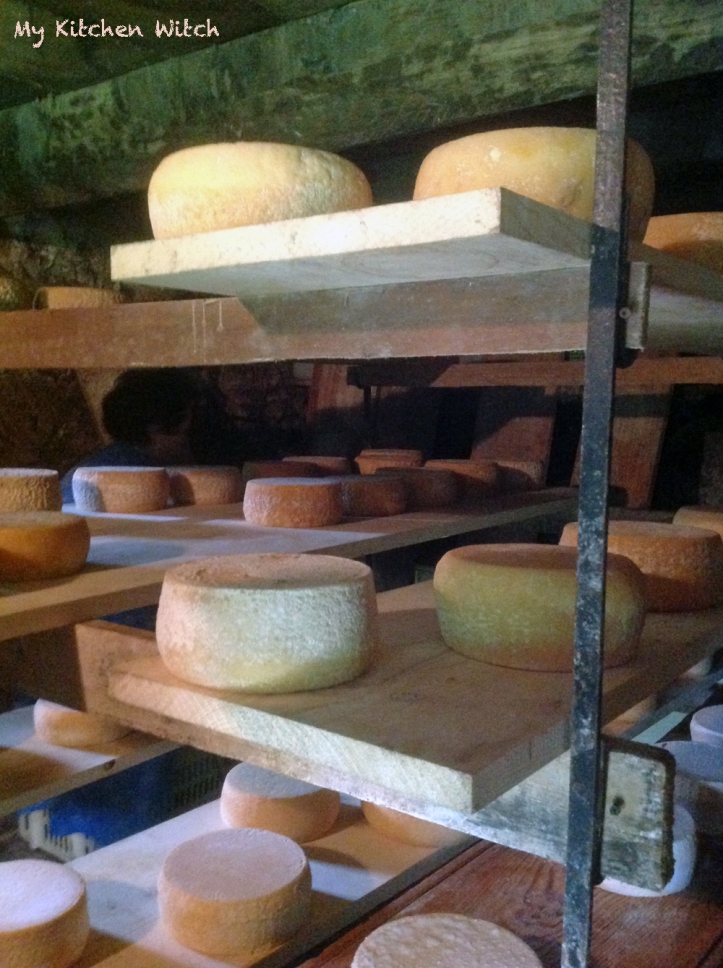

Dear Debi
Wonderful article and thanks so much for the publicity!
I might make my next blog easy by writing a quick intro with a link to your blog, if that’s OK with you.
I assume you got home safely. I’ve continued to be flat out with clients and haven’t even replied to John’s last email. Will get around to it at some point.
Best
Heather
LikeLike
Definitely my pleasure! It was a wonderful experience and please feel free to link to the post. Three days in the car back, but it still felt like an adventure. Arrived home safely to the start of term.
LikeLike
Great post and photos. What I wouldn’t give for a squodge of that amazing looking cheese.
LikeLike
Really fantastic cheese! Our round of pecorino made it safely home. will keep for quite some time, even when cut. Will be christening it this weekend.
LikeLike
You’re quite right. It does look easy. Thanks for sharing your lovely experience with us.
LikeLike
All true artists make complex or difficult tasks look easy. It was a pleasure watching Gemma made the cheese.
LikeLike
This is so beautiful. My heart hurts a little bit looking at these photos. It reminds me of a way of life that’s hard to encounter. Thank you for sharing your knowledge and your photos. What a beautiful beautiful day. I’m marking this so I can do this one day.
LikeLike
If you ever get to this area of the world, Sapori e Saperi is highly recommended! Our day with Erica set the tone for our entire visit. It was absolutely wonderful!
LikeLike
Oh also, my book came in today. I can’t wait to start it!
LikeLike
When French Women Cook? I’m sure you will enjoy it – such wonderful writing!
LikeLike
One of the joys of travel for me is connecting with local people and learning about their work and daily lives and connecting with what is unique to an area. Your day looks perfect, food for the belly and the soul!
LikeLike
The day we visited the farm was perfect! In fact, it set the tone for the next two weeks. I agree with you – getting a glimpse of the way people really live is a wonderful thing. They were such nice, unassuming people. Garfagnana, in general, is laid back and friendly. I would certainly travel here again!
LikeLike
What a great day you must have had. I have just been to a cheese making session myself and was amazed at the passion and knowledge of the lady running it.
LikeLike
It was a fantastic day and it didn’t end with the cheese making, but we also visited a weaver who uses a traditional floor loom. All of the people we met were welcoming and very passionate with what they do.
LikeLike
Thank you for sharing your wonderful vacation stories with us. The cheese and the farm look fantastic.
LikeLike
The cheese is, indeed, fantastic. We brought one back to the UK and are currently enjoying it. It is fantastic after a meal drizzled with another local Garfagnana product – chestnut honey.
LikeLiked by 1 person
Chestnut honey sounds divine.
LikeLike
It is, but very dark and has a strong flavour…hence, serving it with cheese rather than slathering it on toast.
LikeLiked by 1 person
I wouldn’t have thought of honey on cheese. You’re making me hungry. 😀
LikeLike
It’s so impressive that she’s not using a thermometer or measuring spoons, I think that’s always the sign of a person to be very impressed with! The lunch sounded amazing as well, I’m quite hungry now…
LikeLike